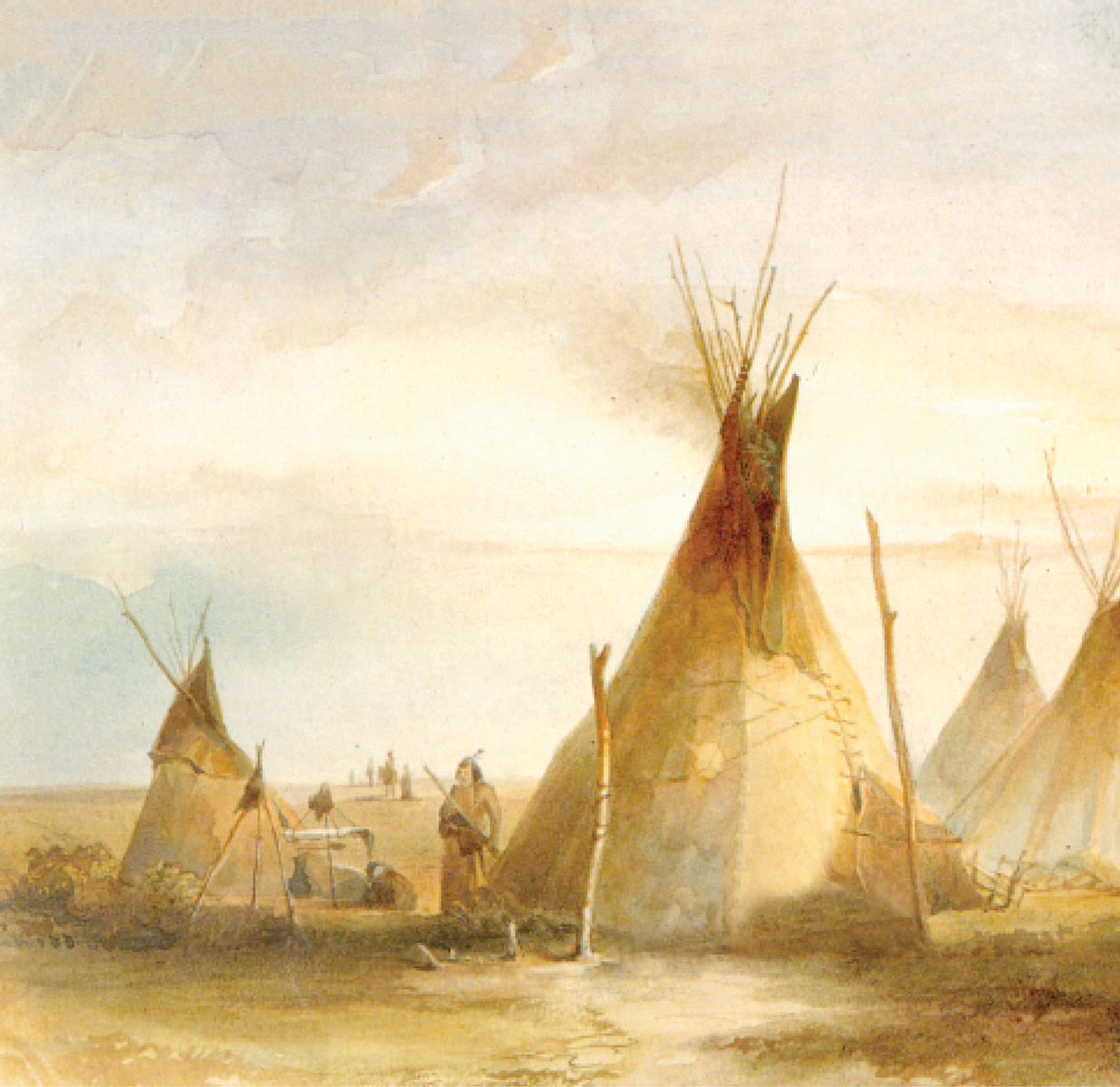One of the great New Testament characters to put on the “lampstand of our house” (Mt 5:15) is Mary Magdalene, the woman of the great daybreak, the first messenger of the Resurrection. She is the image of the passionate Church Wife, looking for her Lord. Mary Magdalene is, therefore, intimately linked to that special happening that is at the origin and center of our faith: the festival of Easter.
Easter for Christians is, in effect, our genesis. It is our birth. With Easter, all our fears were dissipated and all our desires fulfilled! Whoever unreservedly welcomes the “paschal announcement” cannot be indifferent to the cry of the EXULTET, which resounds (in the silence of an assembly full of suspense) to invite heaven and earth to take joy in the GREAT NEWS of the triumph of Christ. Easter is the unexpected triumph of Life which brings to life certain Hope; it is the morning Light that illumines the dark night and opens the way for the meridian Sun. It is the explosion of Spring which inaugurates the epoch of Beauty, the season of colors, of singing and flowers. A Christian without Easter is a defeated man from whom you flee because he reeks of the odor of death! In contrast, the Easter Christian is the messenger of a contagious happiness, a perfumed ointment capable of resuscitating dying hearts!
Mary, the Early Riser!
The first witness of Easter is Mary Magdalene (Jn 20:11-18). Her passion for the Master kept her heart awake on the night of the great “Passage:” I sleep, but my heart is awake” (Song 5:2). And, because love made her wake up early, the Loved One showed Himself first to her.
It is she whom we ask: “Tell us, Mary, what did you see?” (Easter Sequence). Yes, ask the witnesses who saw. Unfortunately, today, our society – permeated with a culture of suspicion and transgression, carried away by their itch for “novelties” that satisfy their own desires – surrounds itself with masters of fables (2 Tim 4:1-5). How often Paul VI said, “the world listens more happily to witnesses than to masters,” which is as true today as it was then. Those “who see,” with an eye capable of penetrating the invisible (Heb 11:27), these witnesses are very often vilified, labeled as “visionaries” and booed; while those “who do not see,” and, therefore, deny spiritual reality, “invisible” to the short-sightedness of the new “masters” in vogue, are considered “illuminated” and applauded by great audiences.
“Tell us Mary, what did you see?” It is the heart’s desire that looks for the truth, that doesn’t give in to the current fashion, is not content with false tales that are third or fourth-hand but goes to drink from the freshness of the spring, to hear the narrative from the lips inflamed with passion of the witnesses who saw Him. And Mary Magdalene (all the Gospels agree with this!) is a first-hand witness, a female first fruit, the “apostle of apostles,” as she was called by the ancient Fathers of the Church.
Mary, the Lover!
But, children as we are, we too, from an “incredulous” society, need a word of introduction for this privileged witness. Are we not hiding a mistake: wasn’t Mary Magdalene the “sinner woman” spoken of in Luke 7:36-50 and John 8:1-11? In fact, we come across several “Marys” in the entourage of women who followed Jesus: apart from Mary, Mother of Jesus, we have Mary of Bethany; Mary, the wife of Cleopas; Mary, the mother of James the Younger; and, naturally, our Mary Magdalene. This Mary comes from Magdala, a riverside population on Lake Tiberias. Hence, the name Magdalene. She was a person who suffered a great deal but, once freed of “seven demons” (Lk 8:2), she follows Jesus from Galilee, from the first hour.
What characterizes Mary Magdalene? A great love! She is a woman who is passionate about Jesus, who doesn’t accept the prospect of losing Him and holds onto that inert body until the last moment, to be able to touch “the man who is my sweetheart” (Song 3:1-4). And, here, we have another recent mistake, created by another prestigious “master,” Dan Brown, the North American writer who wrote The Da Vinci Code (2003), a success in world sales, with several million copies sold. (This “fiction,” absolutely full of crude falsities, is still selling!) According to Brown, Magdalene was, in reality, Jesus’ lover!
Yes, Mary Magdalene is Jesus’ great “lover,” but not in the carnal sense as seen through Brown’s eyes. If the “loved disciple” (perhaps, the apostle St. John, according to tradition, although this identification never appears in his Gospel!) is the prototype of the male disciple, Mary Magdalene is, in some way, his “corresponding” female (without thereby overshadowing the figure of Mary.) Mary Magdalene is the “preferred female disciple” and the first “female apostle” of Christ Resurrected. She, twice called by the generic name of “Woman,” represents the new concrete, suffering and redeemed humanity, the Eve converted by the Love of the Husband, once lost in the Garden of Eden, but now recovered in this new Garden (Jn 19:41) where her Loved One has descended (Song 5:1).
Tell us, Mary, what you saw! Tell us passionately. Let us contemplate in your eyes what your heart saw! The vocation of an apostle is not worthwhile if it hasn’t lived with your passion!
“To Stay” and “Cry”
Mary Magdalene’s vocation is vibrant with love and faith. Faith and love are both necessary: faith gives legs to walk, love gives wings to fly. Faith without love is no risk, but love without faith can get lost at the many crossroads.
And hope is the daughter of both. It is love and faith that bring Mary Magdalene to stay near the tomb, to cry and to hope, although she didn’t know very well what for, as opposed to the two apostles, Peter (figure of faith) and John (figure of love), who keep away from the Tomb.
The Woman unites both dimensions, “stays” and “cries.” Her “staying” comes from faith, her “crying,” from love. She “stays” because her faith perseveres in the search; she does not lose hope; facing a lack of success, she questions the angels and the gardener, like the Loved One from the Song of Songs. She hopes against all hope! Until, having found her Loved One, love throws her at His feet, embracing them in the vain attempt not to ever let Him leave again (Song 3:1-4).
Today, we, apostles and friends of Jesus, on the contrary, easily capitulate in front of the “tomb.” We flee from it! We lack faith to hope that, in situations of death, of emptiness, of failure, life can have a new start. We no longer have faith in “miracles.” There is no room in us to hope for a God capable of “resurrecting the dead.” We hurry to close those “tombs” with the “biggest stone” (Mk 16:4) of our incredulity. Our mission becomes a “desperate” struggle against death. A business condemned to failure because death reigns from the beginning of the world. We then end up dedicating ourselves to the “compassionate work” of “burying the dead,” with or without the special attention of “embalming them,” forgetting we were sent to “resuscitate” them (Mt 10:8). Confronting the “tomb” is the Apostle’s Rubicon, his crossing the Red Sea (Ex 14-15). Without removing the stone of our incredulity to confront and overcome such a terrible enemy, we will not see the Glory of God: “Have I not told you that, if you believe, you will see the glory of God?” (Jn 11:40).
Today, we also have difficulty “crying,” undoubtedly, because we love little. “Crying is the feminine gene,” said Pope John Paul II. Does she love more? “For wherever your treasure is, there will your heart be, too” (Mt 6:21). Magdalene’s heart is in that garden, and that is why she cries. Ours easily forgets its “dead.” Worried about “so many things” to do, it doesn’t have time to “stay” and “cry” with those who are suffering! If our prayer doesn’t know moments of “loud cries and with tears” (Heb 5:7), we should ask ourselves if we aren’t being corroded by indifference. Bit by bit, our heart atrophies, becomes alienated in the activity, incapable of “compassion.”
The audacity to “stay,” to “cry” is not sterile. Mary’s tears call the angels. They are God’s response. They don’t bring back the “corpse” as she requests but, on the contrary, they announce to her, that “He whom your heart loves” is alive! But this heart needs to “see” and “touch” her Loved One. And Jesus gives in, finally, to the insistence of her heart. He goes to find Mary Magdalene. When He calls her by name: “Mariam,” it is then that her heart shakes with emotion, recognizing the Master’s voice. Being called by our name: it is the deepest desire (unconfessed) that we carry in us. Only then will the “person” reach the fullness of his being and be conscious of his identity. Until then, he will be feeling his way! Only then, will he be able to say, with the fire of an impassioned heart: I saw the Lord!” And on that day, like Mary, we will become firsthand witnesses: “Something which has existed since the beginning, which we have heard, which we have seen with our own eyes, which we have watched and touched with our own hands … we saw it and are giving our testimony!” (1 Jn 1:1-4).






















